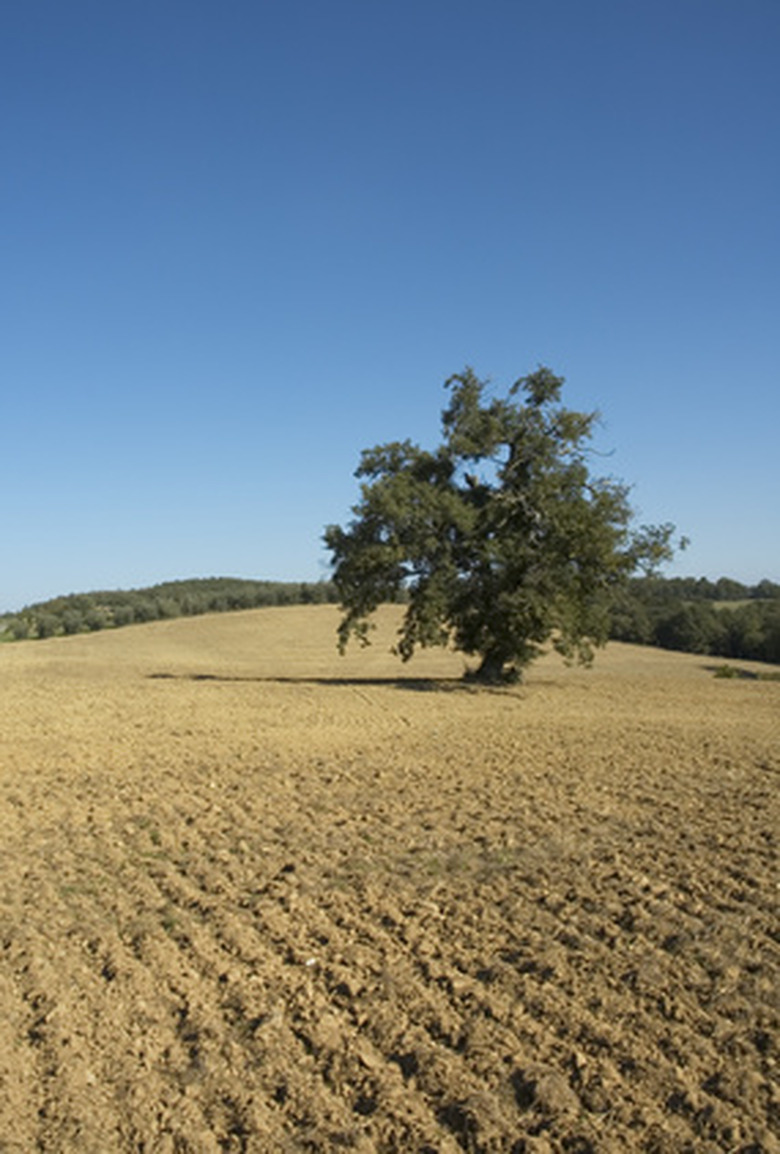Ornamental Olive Trees
Ornamental olives usually have darker leaf colors than commercial varieties. They sometimes produce no fruits or fruits with low or no commercial value. The fruits feed birds or spoil easily, making them unsuitable for large-scale production.
Ornamental olives usually have darker leaf colors than commercial varieties. They sometimes produce no fruits or fruits with low or no commercial value. The fruits feed birds or spoil easily, making them unsuitable for large-scale production. Fruits can drop and stain walkways and walls, so fruitless trees make good ornamental plants.
Swan Hill
The Swan Hill olive cultivar originates from Northern Victoria, Australia. In 1962, Dr. Hudson T. Hartmann, Ph.D. of the University of California found out that a tree had not produced fruit for at least 30 years and studied the cultivar for eight years. Unlike most olive cultivars, the Swan Hill produces no perfect flowers, which are flowers with both male and female parts. As a result, it cannot produce any fruits and will not cause any nuisance from dropped fruits that discolor concrete, stick to shoes and attract birds. The Swan Hill cultivar has gray-green leaves and develops a gnarled trunk and branch system as it grows older.
- Ornamental olives usually have darker leaf colors than commercial varieties.
- Unlike most olive cultivars, the Swan Hill produces no perfect flowers, which are flowers with both male and female parts.
Russian
The Russian olive entered the central and western United States in the late 1800s. People first used it as an ornamental tree and a windbreak, then it spread into the wild. A large shrub or small tree, the Russian olive tree has smooth and gray bark that later changes to become rigid and wrinkled. It has thorny branches that lead to leaves in elliptical to lanceolate shapes. The dull green-to-gray leaves measure 1 to 3 inches long and 1/2 inch wide. The leaves have scales and have a silvery color on the underside. The small, silvery-brown buds have scales all over. The yellow flowers bloom in mid-summer and the fruits mature from August to October, then persist throughout winter. These fruits resemble berries and measure about 1/2 inch. The fruits appear yellow when young and turn red as they mature. Although dry, the fruits are edible.
- The Russian olive entered the central and western United States in the late 1800s.
- The small, silvery-brown buds have scales all over.
New Mexico
Native to the Southwest, the New Mexico olive tree grows 10 to 12 feet tall. It has many trunks and smooth green leaves. The leaves measure about 1 inch long and often curl because of attacks by eriophyid mites. Some plants have both male and female flowers and produce dark blue fruits. The 1/4-inch fruits feed birds and often drop to stain walkways and walls.
Ascolano
The ascolano olive tree grows upright with a sturdy stem. It has green leaves that slightly twist. It grows bigger than many other cultivars. It bears olives that have a delicate taste, but these olives bruise easily. Bruised olives become inedible, so take extra care when harvesting. The fruits can produce a light and delicate oil. Compared to other Tuscan olive cultivars, ascolano is the most cold-hardy.
- Native to the Southwest, the New Mexico olive tree grows 10 to 12 feet tall.
- The leaves measure about 1 inch long and often curl because of attacks by eriophyid mites.
